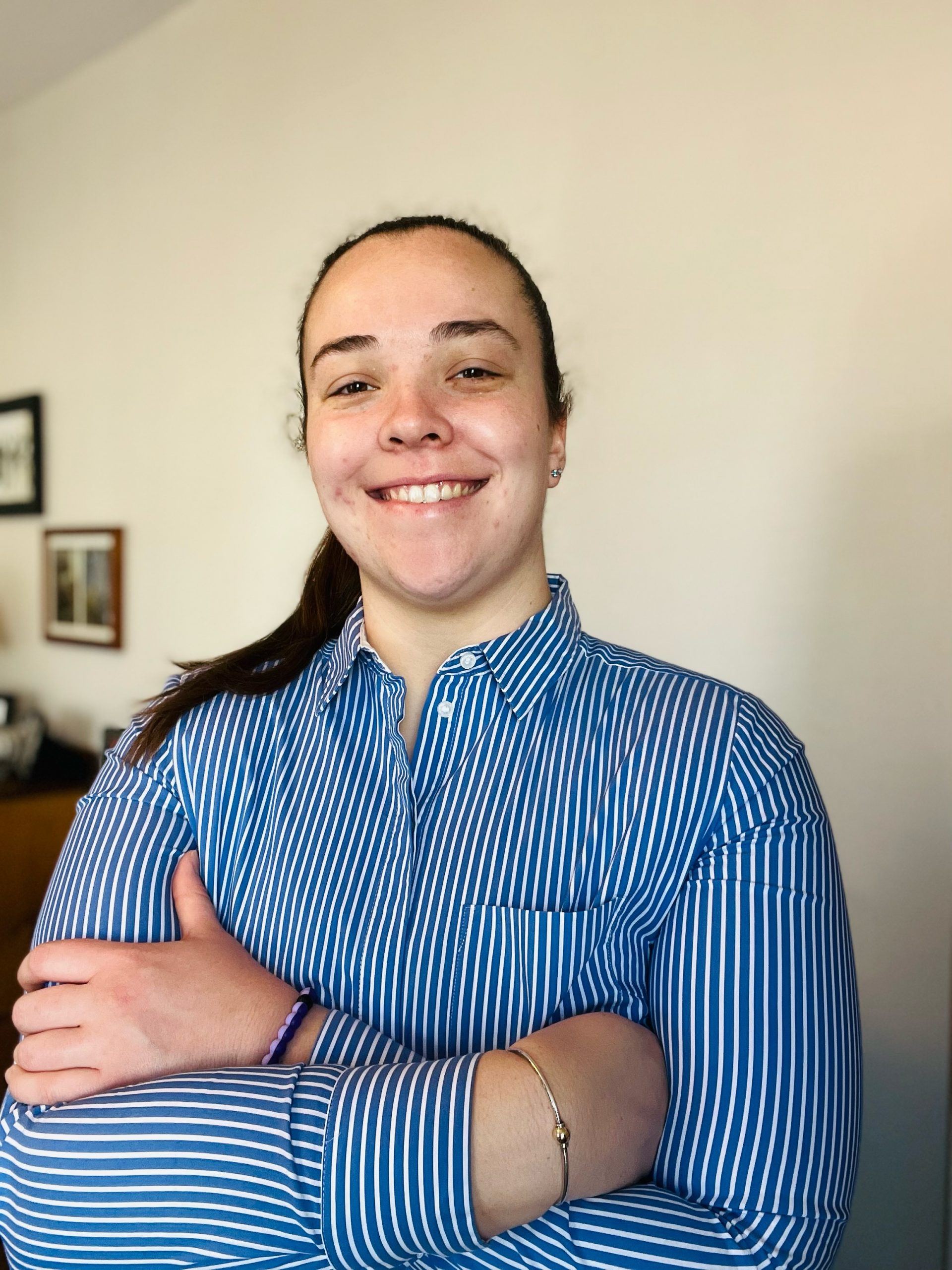As more older Americans remain in their homes as they age, there is a growing need for long-term support and services. Smart home technology is becoming more popular to aid in this effort, but often forgotten in discussion about its uses and impacts is the caregiver.
Caregivers play a crucial role in supporting older adults who wish to age at home. According to the Centers for Disease Control and Prevention, about one-third of caregivers provide over 20 hours of care per week and around 10% are caring for someone with cognitive impairment. These are mostly informal caregivers, meaning they are family, friends, or neighbors performing their duties for free. Most caregivers are women and about 40% of them have at least two chronic conditions themselves.
Caregiving is a heavy burden as these individuals also raise families, hold jobs, and participate in their communities. This strain often results in poor health outcomes. Nearly 40% of caregivers report insufficient sleep and about 15% experience 14 or more mentally unhealthy days each month.
As such, tools that could ease some of this burden and create better health outcomes for both the care recipient and the caregiver are of high priority. This is where smart home technology comes in but, at present, design falls short. We should consider what caregivers need to succeed.
What do Caregivers Require of Smart Home Technology?
Fortunately, we do know what caregivers want from smart home technology.
Technology that is easy to use has a lot of appeal. Surveyed caregivers endorse having very little time to learn and manage complicated technology in addition to their other caregiving duties. They want products that are intuitive and have built in customer support. Community resources to help with implementation and management are also desirable.
While ease of use is attractive, safety is caregivers’ main priority when choosing which products to implement in their loved one’s home. Available research shows that caregivers want technology that prevents injury and illness. Even better is if the technology also improves or addresses medication compliance, hygiene, or sleep quality. It might sound like a no-brainer, but caregivers juggle myriad concerns when supporting an aging loved one and not having to worry as much about safety is a relief.
An example of technology focused on safety is a wandering detection system for adults with Alzheimer’s disease. The system is active during sleeping hours and alerts the caregiver if the individual with Alzheimer’s wanders about or exits the house. As a result of employing the detection system, caregivers reported better quality sleep for themselves and improvements in depression and anxiety.
When smart home technology is easy to use and enhances safety, a new dimension of the caregiving dynamic emerges: independence. Overwhelmingly, studies show that caregivers want to use technology that supports independence for their aging loved one. This, as a result, returns some independence back to the caregivers. They then have more time and energy to make their own health care appointments, rest, or participate in social engagements they otherwise might miss.
When it comes to balancing the need for interpersonal connection though, caregivers and aging adults have seemingly conflicting desires.
For caregivers, connection is achieved by employing technology that augments their hands-on, in-person care, but doesn’t replace it. In part, this is because caregivers understand and value the social connection and humanity involved in in-person care for both them and their loved one. Many caregivers also feel a familial duty to provide care that can’t be replaced by a robot.
For care recipients though, they want technology to help them with daily tasks in ways that alleviate some of their caregivers’ burden. In using devices that help both caregivers and care recipients complete tasks more easily, older adults feel like their relationship with their caregiver is stronger and less impacted by the natural strain that comes with the physical, emotional, and psychological stress of care.
In short, both caregivers and aging adults seek profound connection, channeled through different priorities. Caregivers don’t want to feel replaced, and care recipients want connection to be strengthened by technology that makes life easier for both them and their caregivers.
Caregivers want uncomplicated technology to help them deliver care to their aging loved ones, supporting their safety, independence, and social connection. Older adults want technology that meets those same demands, as well as supports their autonomy, dignity, and privacy. Technology that can honor both stakeholders will be the ultimate success story for aging in place.


